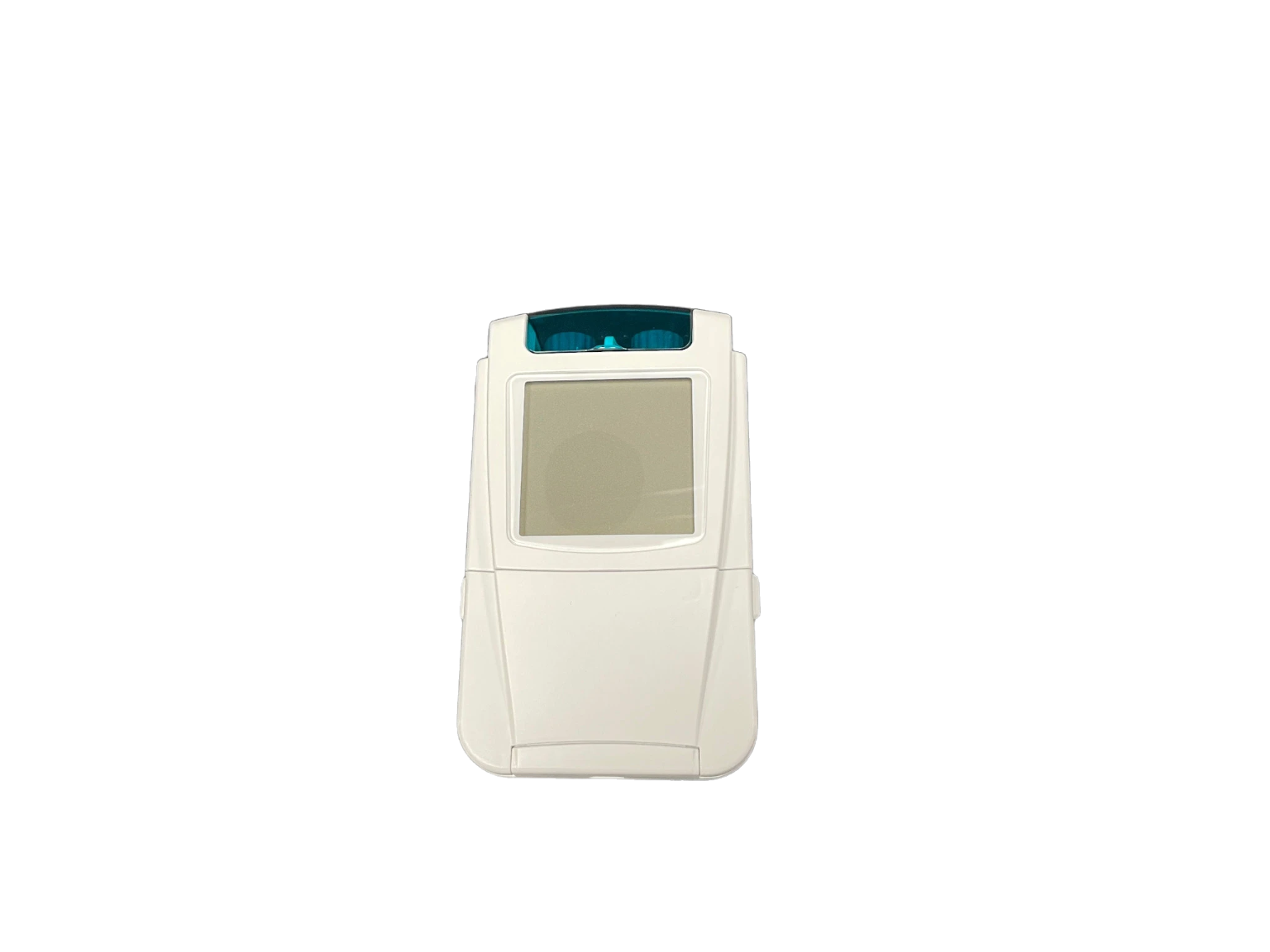Alevia 2 in 1 TENS/EMS
Login For Health Care Pricing
In Stock
The ProActive Alevia 2 in 1 combines TENS and EMS and offers 18 pre-set programs or fully customizable treatment options with a large, easy-to-read LCD screen.
Leg pain can significantly impact daily activities and quality of life. It is a common complaint that can stem from various causes, ranging from minor muscle strains to underlying medical conditions. Understanding the potential causes, seeking proper diagnosis, and implementing appropriate treatment strategies are crucial for effectively managing leg pain and restoring optimal function.
This article aims to provide insights into the possible causes, diagnostic approaches, and treatment options for leg pain.
Leg pain can have numerous causes, including:
Strains, sprains, or overuse injuries affecting the muscles, tendons, ligaments, or bones of the leg can lead to pain. Common examples include muscle strains, stress fractures, shin splints or tendinitis.
Conditions such as sciatica, peripheral neuropathy, or nerve entrapment syndromes can cause leg pain due to nerve compression or irritation. This pain may radiate along the path of the affected nerve.
Reduced blood flow or circulation problems, such as peripheral artery disease or deep vein thrombosis, can cause leg pain, often accompanied by other symptoms like swelling, discoloration, or cramping.
Arthritis, such as osteoarthritis or rheumatoid arthritis, can affect the joints in the leg, causing pain, stiffness, and limited mobility.
Infections, such as cellulitis or osteomyelitis, as well as inflammatory conditions like bursitis or tendinitis, can lead to localized leg pain, redness, swelling, and warmth.
Systemic diseases, including diabetes, fibromyalgia, or lupus, can manifest with leg pain as one of their symptoms.
Accurate diagnosis of leg pain requires a comprehensive evaluation by a healthcare professional. The diagnostic process may include:
A thorough discussion of the individual’s symptoms, medical history, and any relevant factors can provide important insights. A physical examination may involve assessing the affected leg, evaluating range of motion, checking for swelling or tenderness, and testing muscle strength.
X-rays, magnetic resonance imaging (MRI), computed tomography (CT) scans, or ultrasound may be used to visualize the bones, joints, muscles, and soft tissues of the leg, helping identify any structural abnormalities, fractures, or degenerative changes.
Blood tests may be ordered to evaluate markers of inflammation, infection, or systemic conditions that could be contributing to the leg pain.
These tests may be conducted to assess nerve function and detect any nerve-related abnormalities.
The treatment of leg pain depends on the underlying cause and severity of the condition. Treatment options may include:
Resting the affected leg and avoiding activities that exacerbate the pain can allow for healing. Gradual resumption of activities with modifications may be recommended to prevent further strain or injury.
A physical therapist can design a customized rehabilitation program that includes exercises to improve strength, flexibility, and range of motion. Techniques such as manual therapy, stretching, and targeted strengthening exercises can help alleviate pain and enhance function.
Over-the-counter nonsteroidal anti-inflammatory drugs (NSAIDs) may be used to reduce pain and inflammation. In some cases, prescription medications, such as muscle relaxants or neuropathic pain medications, may be necessary.
Corticosteroid injections may be administered to reduce inflammation and relieve pain in specific areas of the leg, such as joints or trigger points.
Supportive devices like braces, orthotics, or walking aids can provide stability, offload pressure, and promote proper alignment to alleviate leg pain.
In cases where conservative treatments fail to provide relief, surgical intervention may be considered. This option is typically reserved for severe injuries, advanced joint conditions, or cases where structural abnormalities need to be addressed.
While not all leg pain can be prevented, certain measures can help reduce the risk or severity of leg injuries or conditions:
Engaging in a thorough warm-up routine before physical activities and gradually increasing intensity can prepare the muscles and reduce the risk of strains or overuse injuries.
Maintaining proper form during physical activities, sports, or exercises helps minimize the risk of injuries. This includes using appropriate equipment, such as well-fitted footwear, to provide adequate support and shock absorption.
Strengthening the leg muscles and maintaining overall fitness can enhance stability, reduce strain on joints, and minimize the risk of certain conditions.
Taking breaks from prolonged sitting or standing and incorporating gentle stretching or movement exercises can improve circulation and reduce the risk of blood clots or muscle stiffness.
Following proper medical management for systemic conditions like diabetes or arthritis can help reduce the impact on the legs and minimize associated leg pain.
Leg pain can arise from a variety of causes, ranging from minor injuries to underlying medical conditions.
Seeking proper diagnosis and treatment is essential for effectively managing leg pain and facilitating recovery. Consultation with healthcare professionals, such as primary care physicians, orthopedic specialists, or physical therapists, can help determine the underlying cause and guide appropriate treatment strategies.
By addressing leg pain promptly and implementing appropriate interventions, individuals can alleviate pain, improve function, and safely return to their normal activities with optimized leg health.


Login For Health Care Pricing
In Stock
The ProActive Alevia 2 in 1 combines TENS and EMS and offers 18 pre-set programs or fully customizable treatment options with a large, easy-to-read LCD screen.